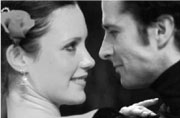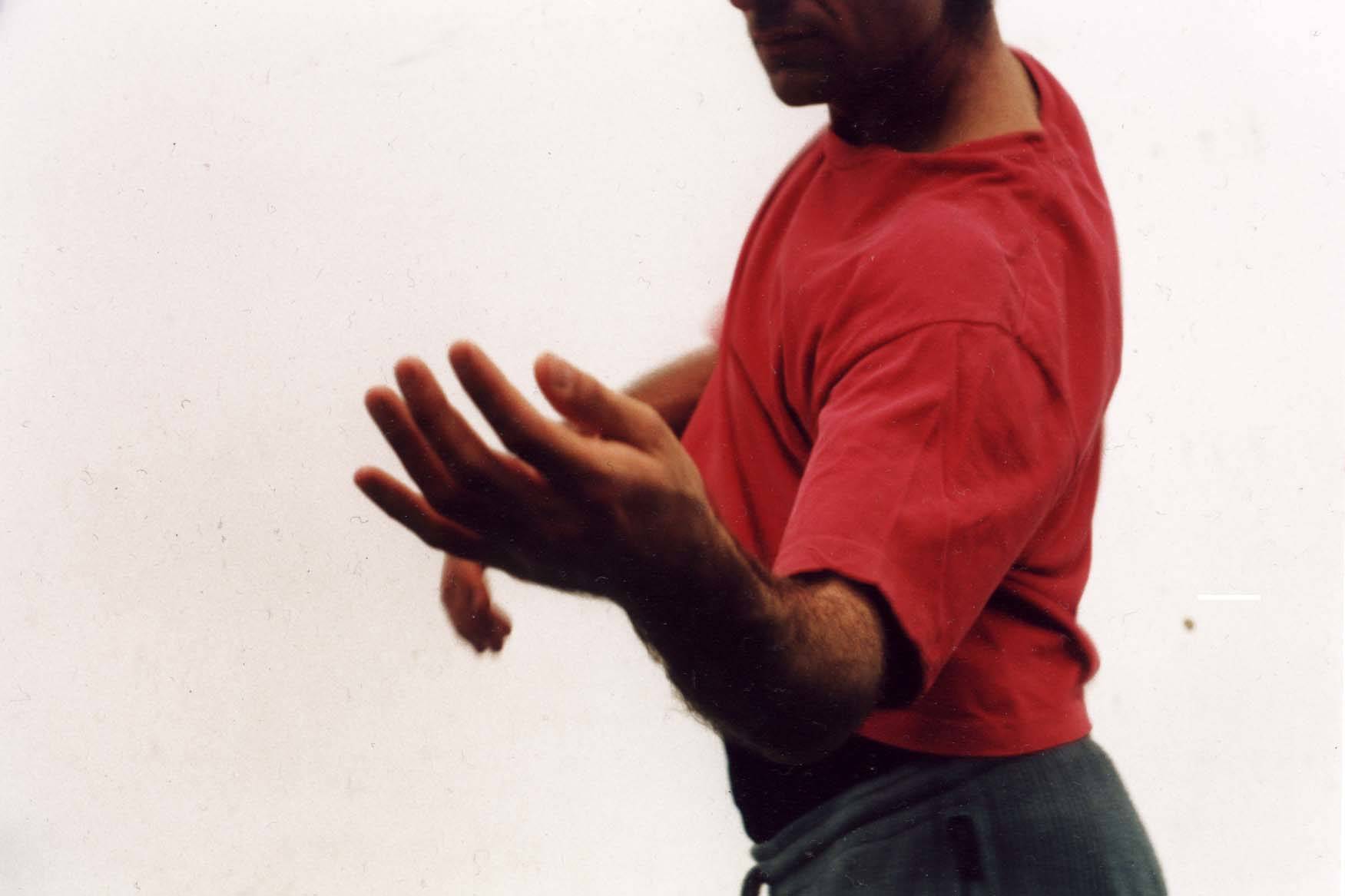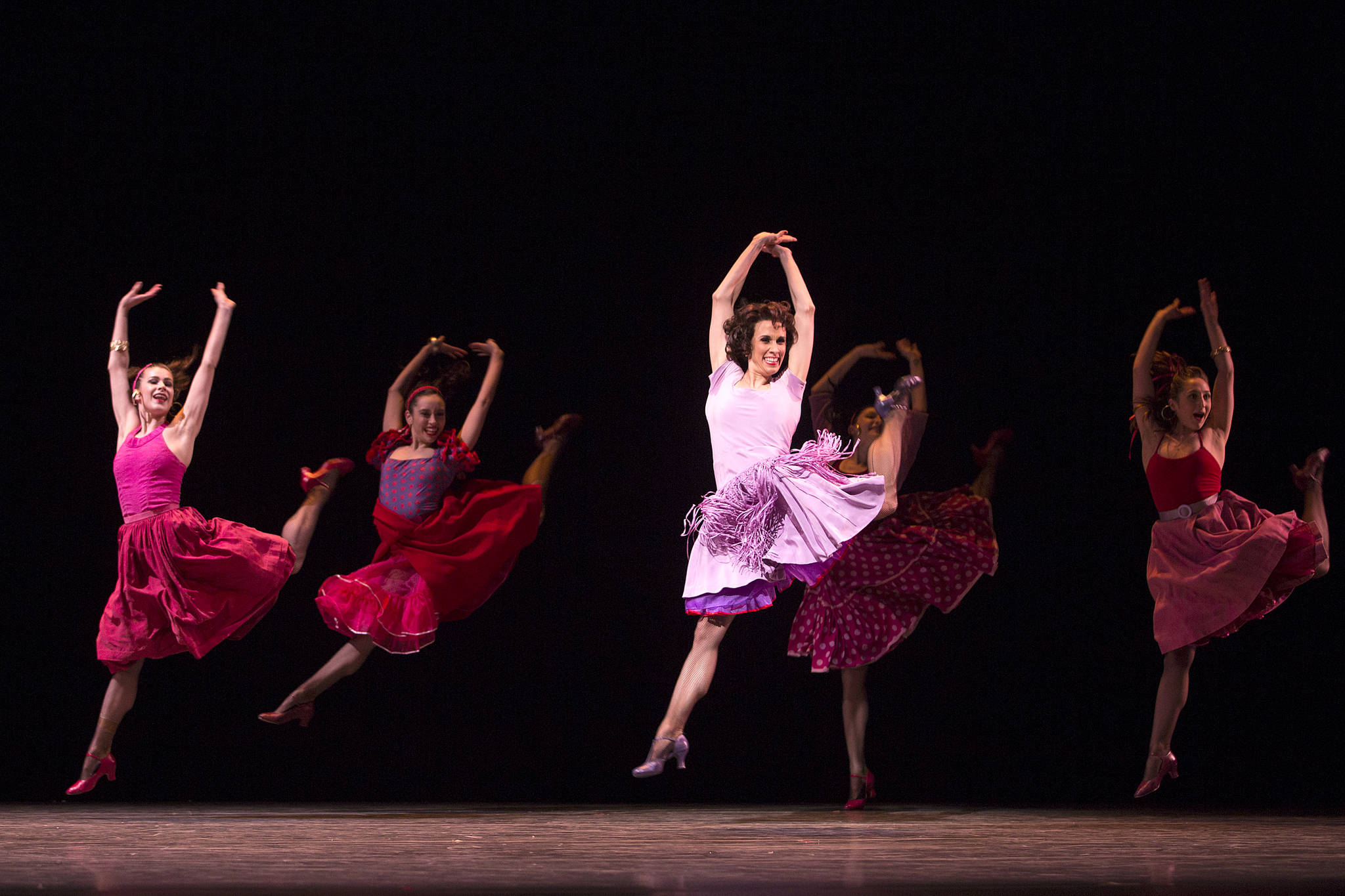PUTTING A MIXED repertory concert together for an evening is a balancing act, juggling size and tempo, period and style, trying to make a meal from a set of ingredients. Pacific Northwest Ballet’s current mixed rep program meets this tricky challenge without calling too much attention to the process.
5 Tangos
March 22-24 at Seattle Center Opera House
George Balanchine used the music from Christoph Willibald von Gluck’s “Orpheus and Eurydice” several times during his career, but when he choreographed “Chaconne” in 1976 he knew he’d gotten it right. The suite of dances makes good use of the score, contrasting a tick-tock timing in the movement with Gluck’s lilting rhythms, particularly in the two duets for the principal couple. In the first, the dancers are almost insubstantial, wafting across the stage in a series of lifts with her leg circling underneath as if she were stirring the clouds. Later on, they come down to earth, stepping right on the beat like a set of prancing horses in a dressage sequence. This equine precision shows up throughout the ballet, drawing attention to shapes and relationships like the rap of a door knocker.
In “Five Tangos,” Hans van Manen takes a different approach to rhythm. His performers match the aggressive drive of Astor Piazzolla’s score with a sleek attack of their own, using the sweep and control of their technique to accentuate those qualities in the music. Van Manen’s tango dancers are imperious and quick as they stalk each other, but the feral quality you see between most tango couples is directed outward, at the audience. Interestingly, it’s in the male solo that van Manen comes closest to the smoldering intensity of the actual dance. The section is a tour de force of rhythmic complexity and changing directions, and last Friday night Olivier Wevers sliced through the space like a bat out of hell.
WHEN MARIUS PETIPA first designed the grand pas de deux in the late 19th century, it was within the context of his evening-length story ballets, and the abstract classicism he used in them served as a contrast to the narrative material surrounding them. Their self-contained form made them easily detachable from their context, though, and so more contemporary choreographers have used the structure for their own devices. Kent Stowell’s “Pas de Deux Campagnolo” follows the classical formula of solos and duets, giving the two partners a solid context for their work. Stowell occasionally packs his dance phrases extra tight with a plethora of steps, which can undercut the connection between the movement and the music. Here, however, he seems to have taken a breath and allowed the shape of the dance phrases to ride on top of Giuseppe Verdi’s score. The faux rural setting of the work feeds into this impression, with Noelani Pantastico and Casey Herd resembling the archetypal country girl and her suitor.
If the dancers in “Chaconne” were like horses, then the cast of Peter Martins’ “Fearful Symmetries” are dancing on top of a railway train, with John Adams’ score going clickety-clack underneath them. Made in 1988 for the New York City Ballet, the work is very much of its time, with the repetitive drive of the score matched by the continual pulse of the dancers crossing and recrossing the space. They are there for the duration, our impression of them formed as much by their stamina as by their virtuosity. By the end of the evening, we have moved from the elaborate curves of the baroque to the efficiency of the straight line, hurtling into infinity.








